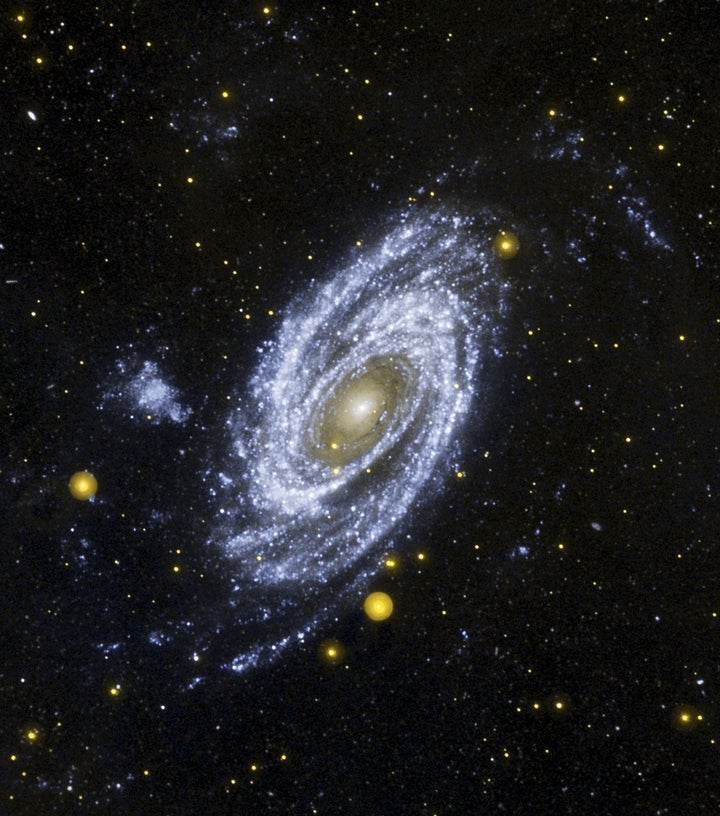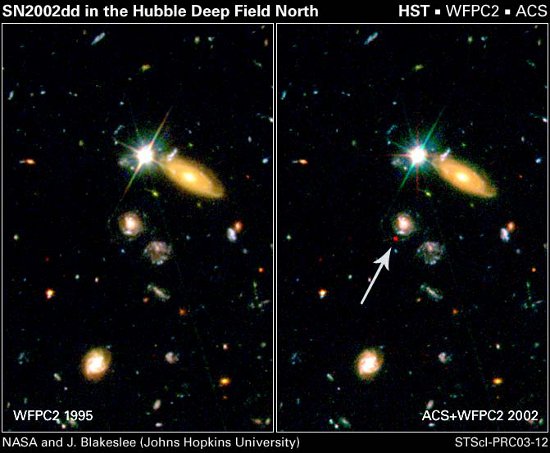
Jacob Bekenstein and David Eichler are both world-renowned astrophysicists. Bekenstein, winner of the 2012 Wolf Prize, is best known for his work on black hole thermodynamics, and for the formulation of a theory known as TeVeS, that attempted to explain galactic observations without a need for dark matter. Eichler is known for numerous works on gamma-ray bursts, cosmic rays, and pulsars. They are also religious Jews. I have known Bekenstein and Eichler for decades, but I suddenly realized that I had never actually talked to them about whether they see any conflict between their religious beliefs and their scientific views. I was happy to discover that neither of them had any objections to openly discussing their opinions.
Eichler explained to me right away that he believed that the universe is governed by the laws of physics.
"What is God's role, then?" I asked.
"For all we know, God created the laws of nature," he replied, "so religion in this sense does not contradict science at all."
"But," I insisted, "did God's work end, then, with formulating the laws?"
"No," Eichler explained. "As you know from quantum mechanics, the laws of physics proclaim their own incompleteness, and that leaves, as one logical possibility, plenty of room for God to intervene."
"And what is God's role in ethics?" I inquired.
Eichler did not hesitate: "The God-created laws of nature have led to humans that are hard-wired with concepts of ethics. Put differently, ethics arose through Darwinian evolution, which in itself was the consequence of the God-created laws on nature."
Bekenstein's ideas are similar in some respects, somewhat different in others. He explained to me that being a cosmologist, at first he had some problems with the question of how to reconcile the extremely short biblical age of the universe (less than 6,000 years) with the cosmological age of approximately 13.7 billion years. Eventually, however, he found a satisfactory explanation.
"Clearly," he said, "the age of the universe is 13.7 billion years. The age scale mentioned in the Bible," he explained, "is simply the age of human memory." That is, the biblical age should be taken as approximately representing the length of human-documented history. "The Bible does not deal with physics," he clarified, "but with the human condition, to which the cosmological timescale is not particularly relevant."
Concerning the theory of evolution, Bekenstein added that while he has no doubt that some form of evolution has taken place (as seen, for example, in bacteria developing resistance to antibiotics), he has not devoted much time to attempting to understand all the issues involved in detail.
Like Eichler, Bekenstein also believes that the universe behaves according to the laws of physics, but he pointed out that no one knows where those laws come from. "Either the laws are what they are because that is the only self-consistent way for them to exist (but even then we don't know why the laws exist in the first place) or God created them."
Both Bekenstein and Eichler agree with the statement made by Galileo 400 years ago that the scriptures were not meant to be viewed as scientific theory. Galileo, in fact, famously pronounced that the universe (a small portion of which is shown in Figure 1) "is written in the language of mathematics." Bekenstein added that we should refrain from dogma, even when it comes to the scientific enterprise. "Science itself evolves very rapidly," he said, "and we should allow our views to evolve with the changing landscape."

Figure 1. Part of the Hubble Deep Field-1995, showing Supernova SN 2002dd.